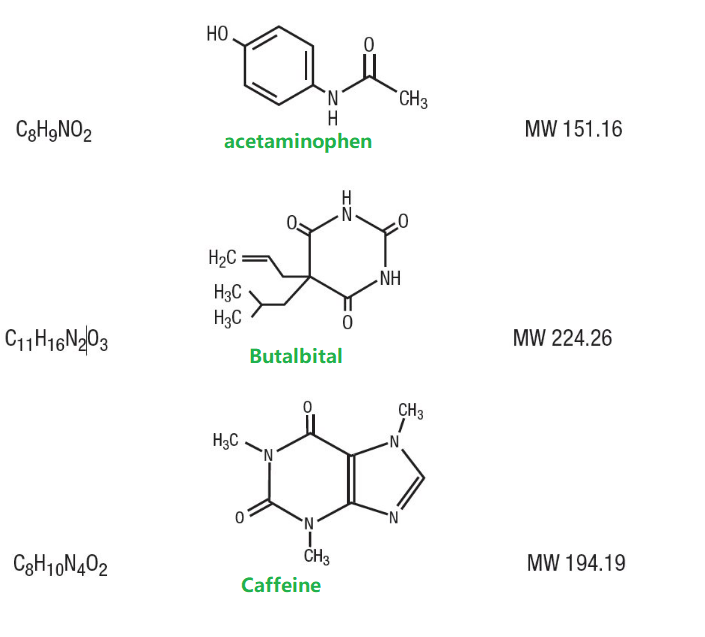Butalbital is a CNS depressant that suppresses neuronal excitability, impulse conduction, and the release of neurotransmitters, similar to actions of other barbiturates. Barbiturates primarily mediate suppressive actions on polysynaptic neuronal responses by diminishing facilitation while enhancing inhibition.

Inhibition occurs at GABAergic synapses that express GABA-A receptors, which are transmembrane chloride ion channels that bind an inhibitory neurotransmitter GABA, barbiturates, benzodiazepines, neurosteroids, and ethanol.
Upon activation, GABA-A receptors allow Cl- influx and K+ efflux into the postjunctional terminal, resulting in inhibition of the postsynaptic neuron. It is suggested that barbiturates, including butalbital, enhances GABA binding to the GABA-A receptors by binding to the α+/β− interface in the intracellular domain (ICD) as an allosteric modulator.
Additionally, barbiturates promote benzodiazepine binding to the receptor. Barbiturates potentiate GABA-induced increases in chloride conductance and depress voltage-activated calcium currents while prolonging the duration of GABA-induced chloride channel opening.
Butalbital may also inhibit the excitatory effects mediated by AMPA receptors by reducing glutamate-induced depolarizations of the receptor. It is also proposed that barbiturates and opioids may potentiate the analgesic effects of each other when co-administered, although there are inconsistencies across preclinical data.